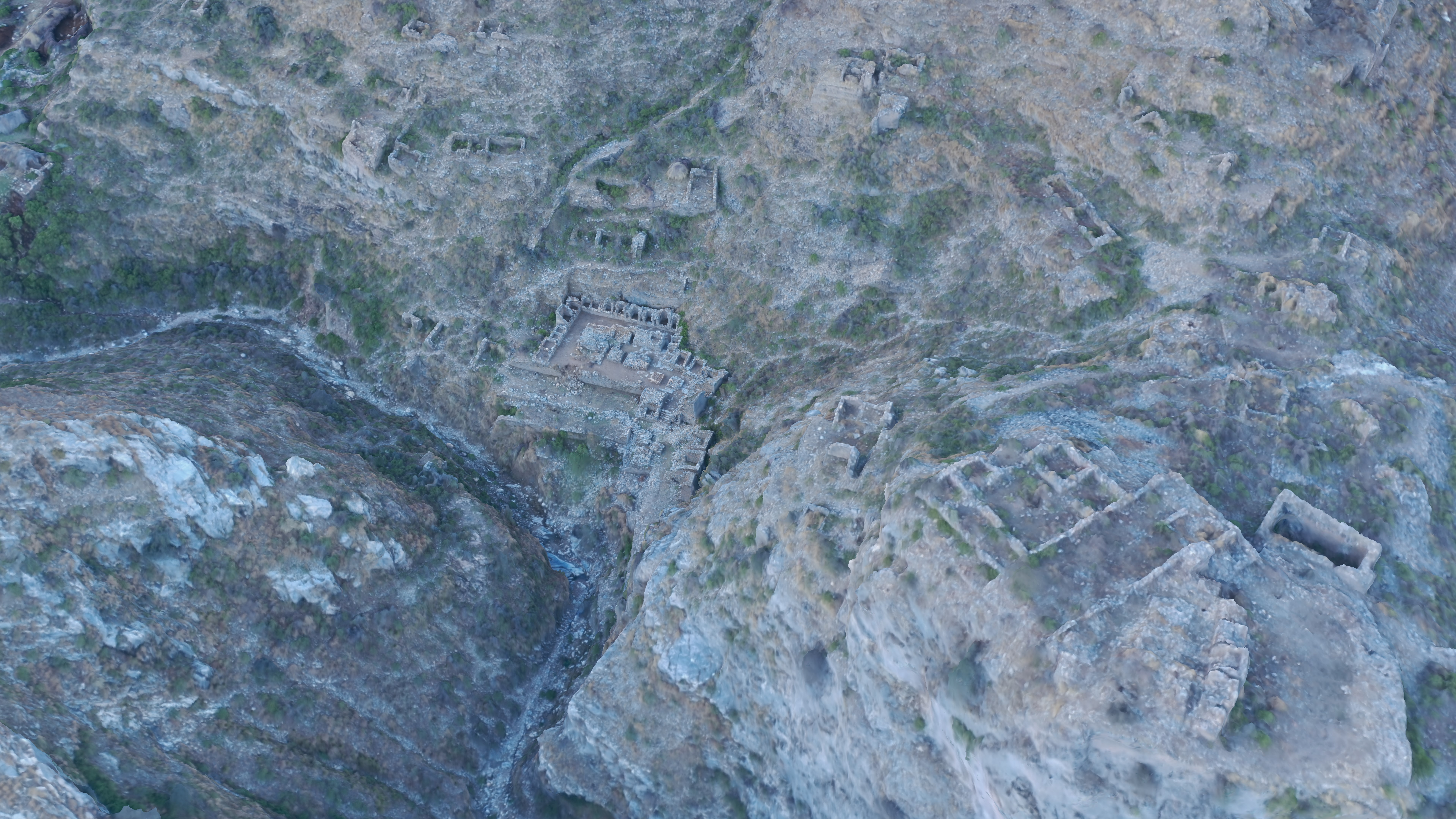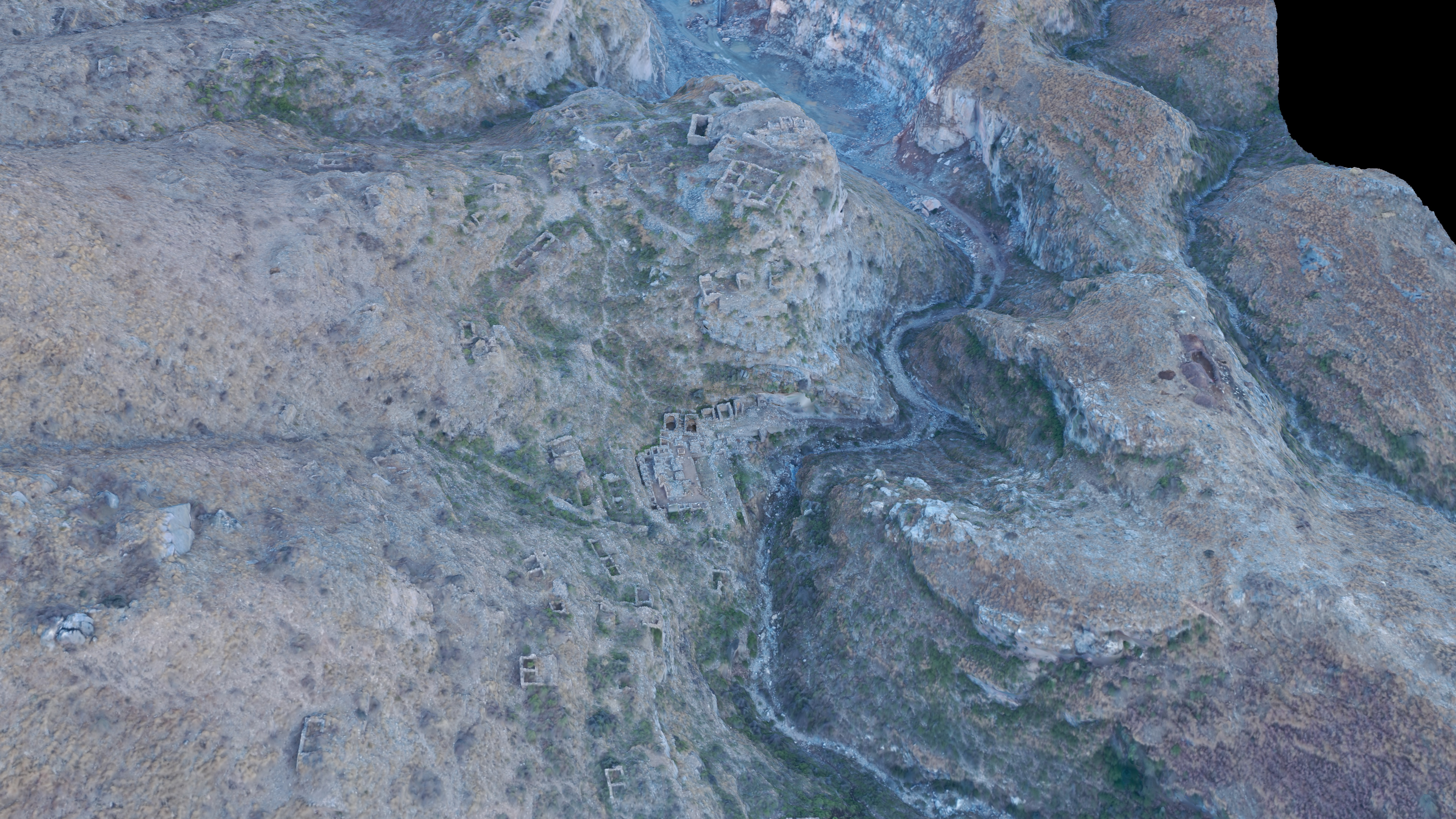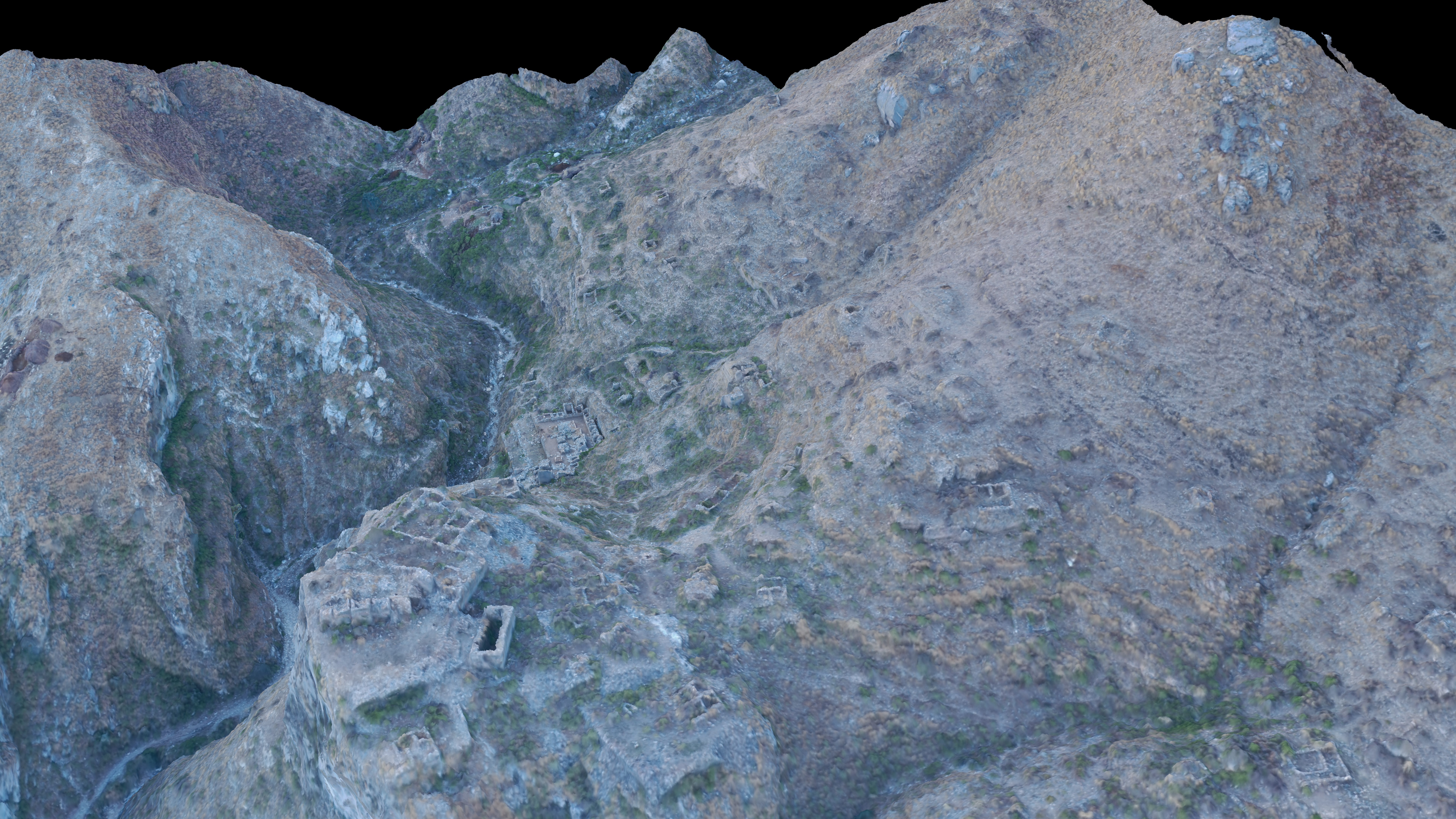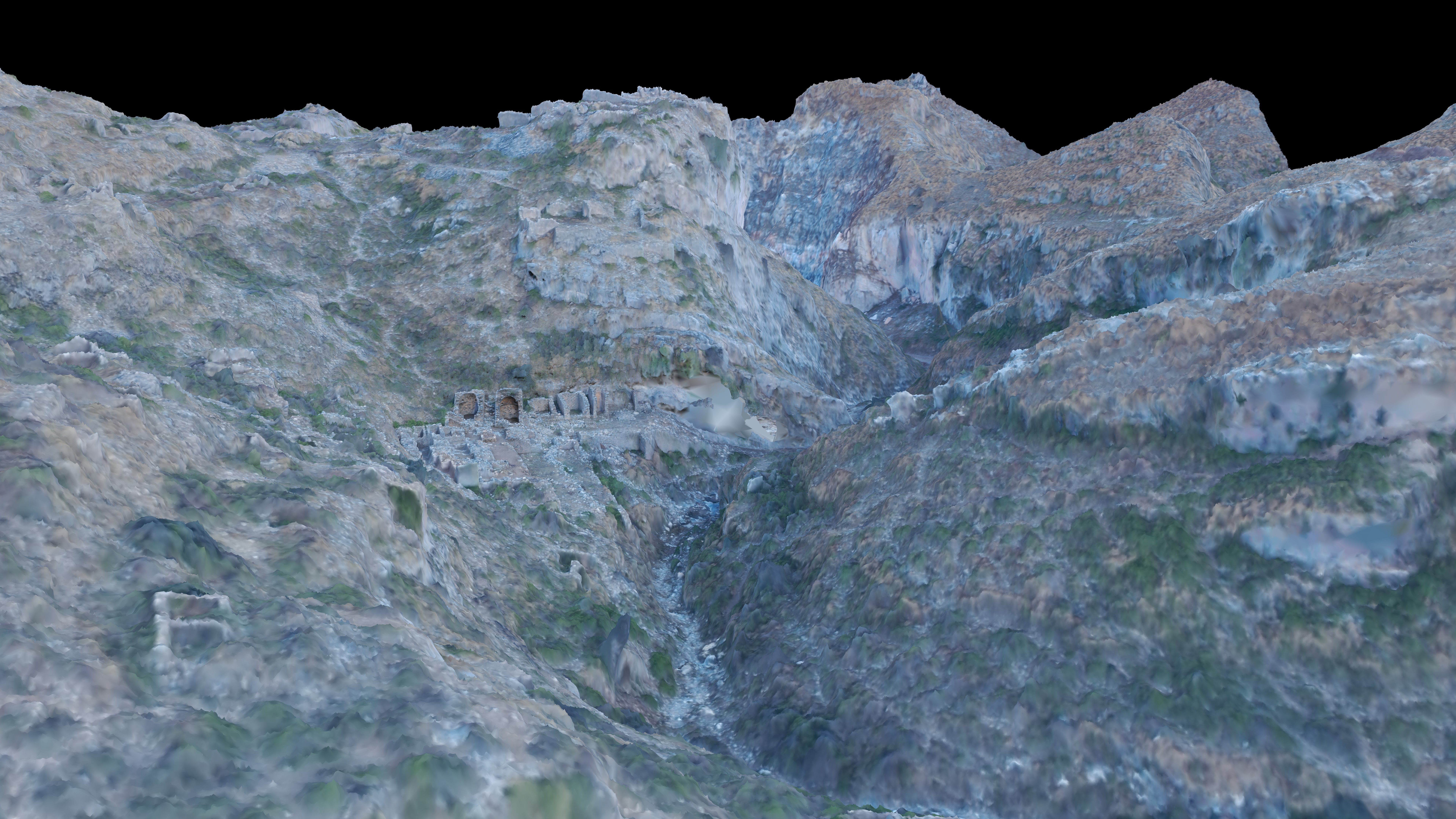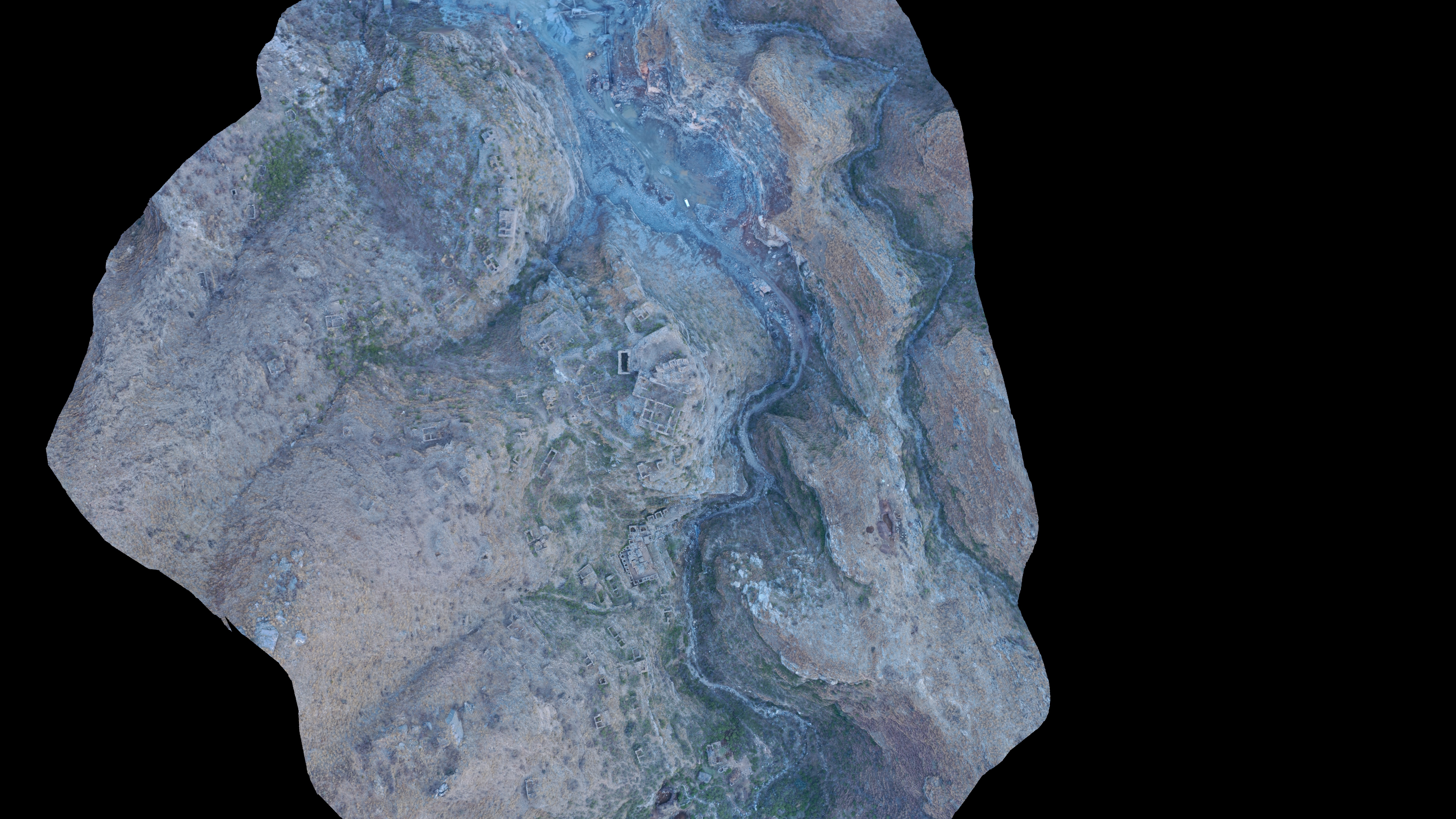SCROLL DOWN
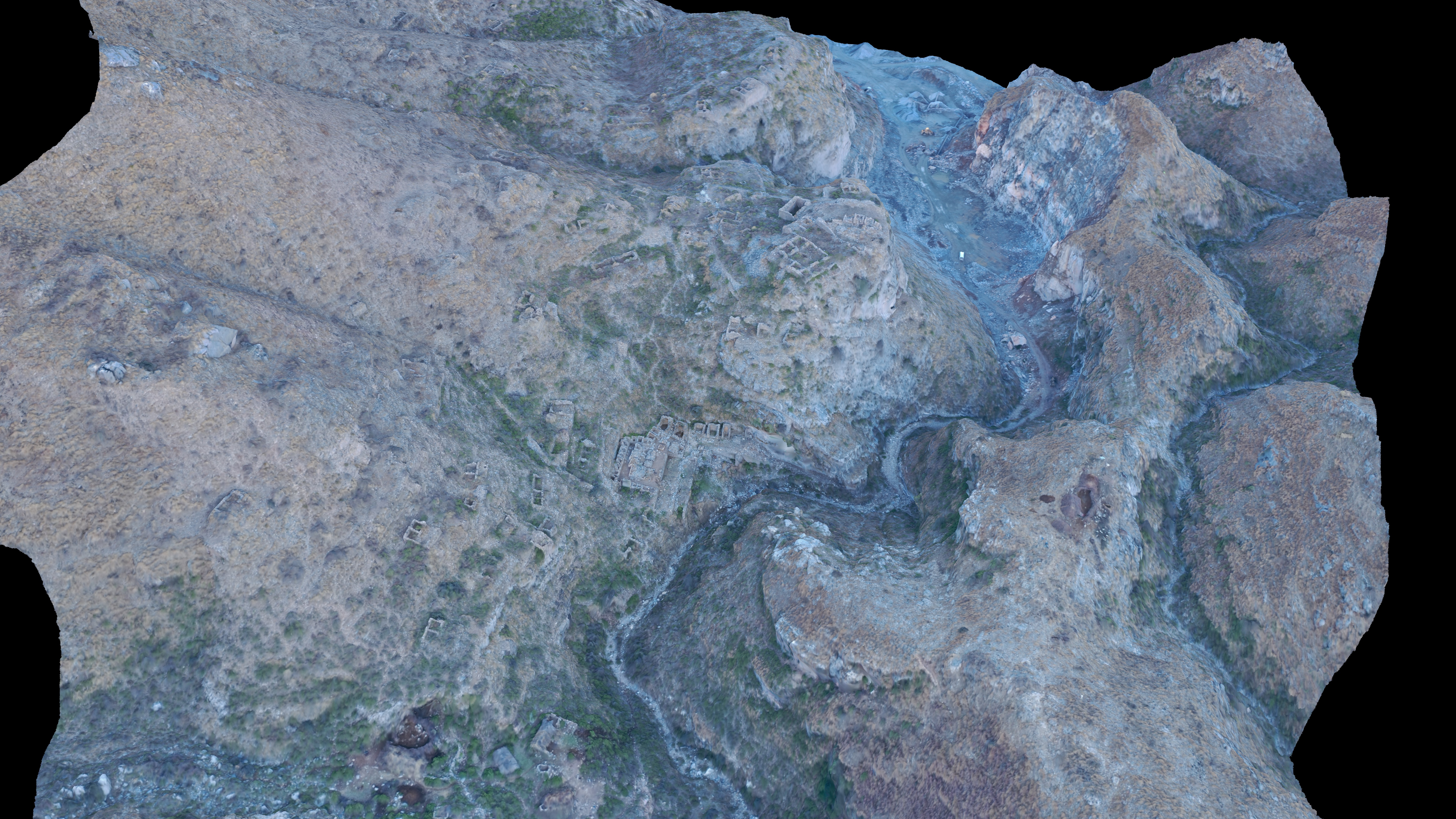
Thareli
The Thareli site excavation was conducted by the Japanese Archaeological Mission, led by Professor Seiichi Mizuno, from 1963 to 1967. Located in a secluded narrow gorge, far from the township and crowds, the site comprises over 100 buildings embedded in the mountain. The excavation uncovered thousands of artifacts, including stone and stucco sculptures, coins, pottery, and iron implements.
The excavation results indicate a ratio of stone to stucco at the site of 4 to 1. Numismatic evidence suggests that the site's period of use ranged from the Indo-Scythian to the Ghaznavid periods, with peak activity during the Kushan and Kushano-Sassanian periods. According to Naiki Satoshi, among the excavated stupa courts, C106 predates C100, indicating a complex chronology within the site.
Despite its remote location, the monastery ranks among the largest known Buddhist complexes in Central Asia. The site's isolation, coupled with the richness of its findings, suggests it was both a spiritual retreat and a hub of religious scholarship during its peak periods.
